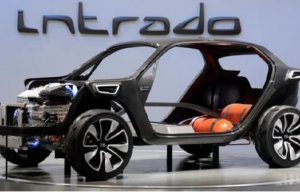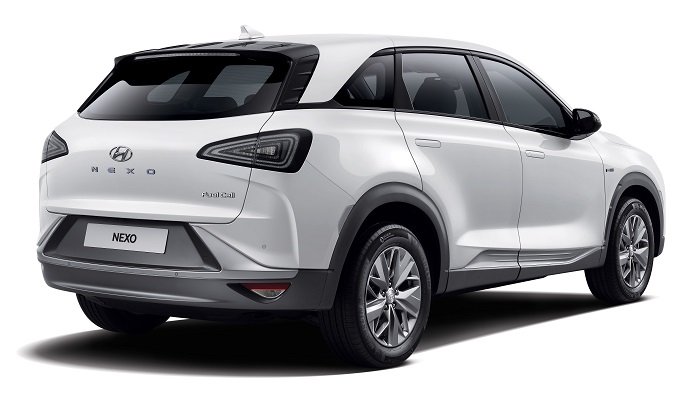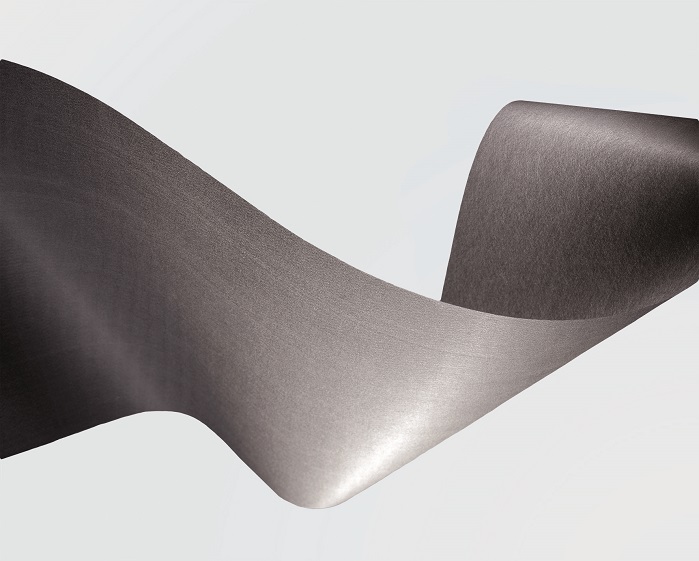
3D, 5G and future considerations at the IIC
SGL Group is to supply its Sigracet gas diffusion layers based on wetlaid nonwoven carbon for the hydrogen fuel cells of the new Nexo vehicle.

26th April 2018
Innovation in Textiles
|
Wiesbaden
SGL Group is to supply its Sigracet gas diffusion layers based on wetlaid nonwoven carbon for the hydrogen fuel cells of the new Nexo vehicle being manufactured by Hyundai, as the latest development in a long-standing collaborative partnership.
“We are excited to extend our partnership with Hyundai and our years of developmental work are now paying off,” said Dr Tilo Hauke, head of central innovation at SGL. “For us, this is also a major step in shaping the key technology topics of our time, including mobility and new energies.”
The fuel cell is one of the most environmentally friendly future technologies in the field of energy technology, he added. The only waste product following the reaction is water, which can be discharged in the form of steam. After leading the way with its iX35 fuel-cell car in 2012, Hyundai has optimised its hydrogen-powered drive with its Nexo model, a zero-emissions vehicle. The official launch of the serial production was in March this year.
Gas diffusion layers (GDLs) are crucial components for proton exchange membrane fuel cells (PEMFCs) since they modulate all relevant transport processes – the fuel, reaction products, electricity and heat.
A PEMFC typically consists of two flow fields, two GDLs, catalyst layers and the proton exchange membrane (PEM).
The GDLs act as an interface between the flow field (structural cell parts with millimetre-size features) and the electrocatalysts (reaction layers with nanometre-size features), directing the fuel to the active sites while removing heat and reaction products and electrically wiring the reaction layers with the current collectors.

GDLs typically have a bilayer structure consisting of a macro-porous wetlaid carbon backing and a micro-porous carbon layer (MPL). The fibrous backing material governs its mechanical properties – compression behaviour, bending and shear strength – and also impacts on the thermal and electric parameters.
Its hydrophobic properties and its microstructure have a significant effect on the water management via the capillary pressure-saturation relationship. Micro-porous layers are additional mediators of the water management of PEMFCs where pore size distribution, the type of carbon and PTFE load can be adjusted to optimise water management under the prevalent operating conditions.
Additionally, the MPL facilitates catalysts deposition and effectively protects the proton exchange membrane against perforation by the carbon fibre.
Last year, SGL Group increased its production capacities for Sigracet at its Meitingen location in Germany, by commissioning another sintering furnace.

Business intelligence for the fibre, textiles and apparel industries: technologies, innovations, markets, investments, trade policy, sourcing, strategy...
Find out more